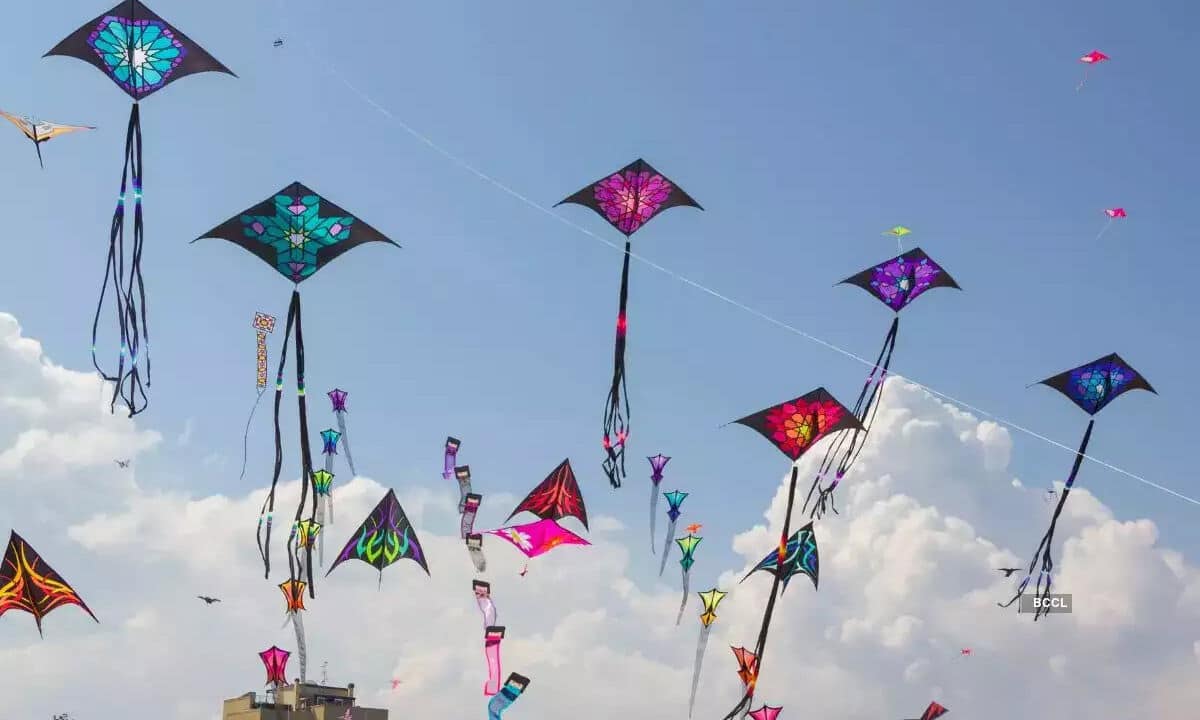Kite-Flying Tradition Under Threat as Aircraft Safety Concerns Rise

At a paddy field just two kilometers from Jakarta’s international airport, children are seen flying kites, their laughter occasionally drowned out by the roar of passing planes. Despite warnings from airport authorities about the potential dangers of kites interfering with aircraft, these youngsters continue to indulge in this beloved pastime. The tug-of-war between the joy of kite-flying and safety concerns has become a pressing issue, as recent incidents have highlighted the risks involved.
Safety Concerns Over Kite-Flying
Kite-flying is a cherished tradition in Indonesia, especially during the summer holidays when children flock to open spaces. However, the authorities have raised alarms about the safety hazards posed by kites, particularly near Soekarno-Hatta International Airport. In early July, kites disrupted 21 flights, leading to diversions and aborted landings, as air traffic controllers deemed it unsafe for planes to approach the area. Putu Eka Cahyadi, head of the airport authority, emphasized that kites are considered “moving obstacles” and pose a “serious risk to flight safety.” The authorities are determined to prevent accidents, but the allure of kite-flying remains strong among local children.
Historical Incidents and Ongoing Risks
The dangers associated with kite-flying are not merely theoretical. In July 2024, a helicopter in Bali crashed after becoming entangled in kite strings, injuring multiple passengers. Additionally, in July 2020, a plane arriving at Soekarno-Hatta Airport had kite debris found in its engine, raising significant safety concerns. Following these incidents, a task force was established to address the ongoing issue of kite-flying near the airport. Despite these efforts, the problem persists, prompting Indonesia’s transport minister to call for increased awareness and education regarding the risks associated with this popular activity.
Cultural Significance of Kite-Flying
Kite-flying is deeply embedded in Indonesian culture, with traditions varying across regions. Kites are often made from colorful paper or cloth and are flown for various reasons, including rice harvest ceremonies and as offerings in Bali. Asep Irawan, an expert from the Indonesia Kite Museum, noted that this activity has been passed down through generations. However, he cautioned that children may not fully understand the potential dangers involved. Authorities have attempted to redirect children’s interests towards other sports, but kite-flying remains a favored pastime, illustrating the challenge of balancing cultural practices with safety concerns.
Challenges in Finding Safe Spaces
Despite the risks, children in Jakarta struggle to find safe places to fly their kites. Urban development has significantly reduced green spaces, with the city losing 31% of its urban greenery between 2000 and 2020. As a result, the paddy field near the airport has become a hub for kite enthusiasts, where competitions are regularly held. Rasha, a 17-year-old kite maker, expressed frustration over the lack of suitable locations, stating that the field is one of the few remaining options. While he acknowledges the dangers, he continues to fly kites, demonstrating the enduring appeal of this traditional activity amid ongoing safety concerns.
Observer Voice is the one stop site for National, International news, Sports, Editor’s Choice, Art/culture contents, Quotes and much more. We also cover historical contents. Historical contents includes World History, Indian History, and what happened today. The website also covers Entertainment across the India and World.
Follow Us on Twitter, Instagram, Facebook, & LinkedIn

